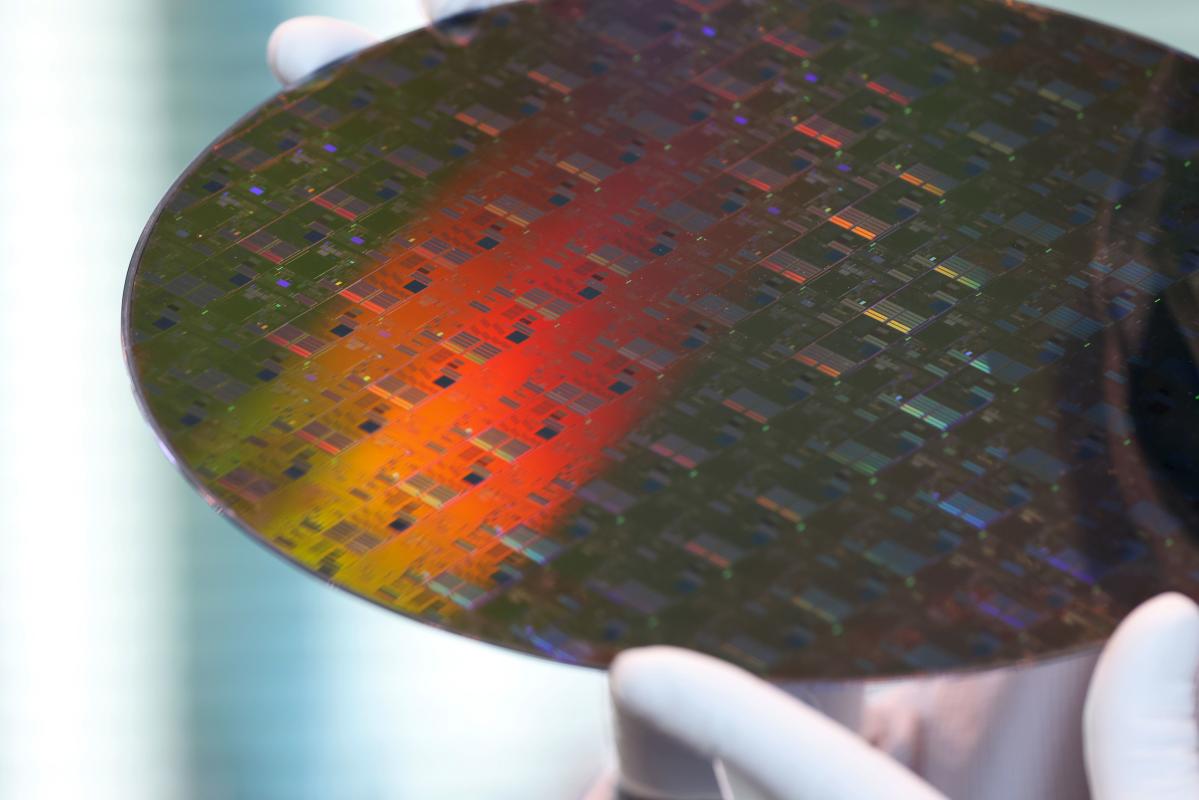Mon, December 12, 2022 at 9:30 AM
(Bloomberg) -- China filed a dispute with the World Trade Organization trying to overturn US-imposed export controls, which aim to limit the Asian nation’s ability to develop a domestic semiconductor industry and equip its military.
China lodged the compliant with the WTO on Monday, according to a statement from its Ministry of Commerce. With the trade rules threatening its foothold in the $580 billion industry, the country is arguing that the US is unfairly using vague security-related justifications to hold back its rival.
The chip industry has become a major flashpoint for trade tensions between the two economic superpowers. Though China is the biggest maker of phones and computers, US companies still control most of the underlying chip technology. The Biden administration has argued that it needs to limit China’s access to the most advanced equipment to safeguard national security.
In Monday’s statement, China said the US is engaging in economic protectionism that undermines trade rules. The behavior also threatens the global supply chain, according to the complaint. But even if the country is successful with its case, the WTO lacks the ability to force the US to reverse its actions.
Washington is asking its allies to go along with the restrictions, which would put more pressure on China. For US companies, meanwhile, the rules have caused some suffering. China is the largest market for semiconductors, and chipmakers that sell to the country expect to lose billions in revenue.
China’s move marks the first stage of the WTO’s lengthy dispute resolution process. The US now has 60 days to enter into consultations. If that doesn’t resolve the issue, Beijing can request the establishment of a WTO panel.
It could take several years for the case to work its way through the WTO’s backlogged dispute-settlement system. And even if China wins the case, the US could essentially veto the outcome by appealing the decision to the WTO’s slow-moving appellate body.
Ian King and Debby Wu
--With assistance from Foster Wong and Bryce Baschuk.
(Updates with explanation of WTO process from sixth paragraph.)

 www.yahoo.com
www.yahoo.com
(Bloomberg) -- China filed a dispute with the World Trade Organization trying to overturn US-imposed export controls, which aim to limit the Asian nation’s ability to develop a domestic semiconductor industry and equip its military.
China lodged the compliant with the WTO on Monday, according to a statement from its Ministry of Commerce. With the trade rules threatening its foothold in the $580 billion industry, the country is arguing that the US is unfairly using vague security-related justifications to hold back its rival.
The chip industry has become a major flashpoint for trade tensions between the two economic superpowers. Though China is the biggest maker of phones and computers, US companies still control most of the underlying chip technology. The Biden administration has argued that it needs to limit China’s access to the most advanced equipment to safeguard national security.
In Monday’s statement, China said the US is engaging in economic protectionism that undermines trade rules. The behavior also threatens the global supply chain, according to the complaint. But even if the country is successful with its case, the WTO lacks the ability to force the US to reverse its actions.
Washington is asking its allies to go along with the restrictions, which would put more pressure on China. For US companies, meanwhile, the rules have caused some suffering. China is the largest market for semiconductors, and chipmakers that sell to the country expect to lose billions in revenue.
China’s move marks the first stage of the WTO’s lengthy dispute resolution process. The US now has 60 days to enter into consultations. If that doesn’t resolve the issue, Beijing can request the establishment of a WTO panel.
It could take several years for the case to work its way through the WTO’s backlogged dispute-settlement system. And even if China wins the case, the US could essentially veto the outcome by appealing the decision to the WTO’s slow-moving appellate body.
Ian King and Debby Wu
--With assistance from Foster Wong and Bryce Baschuk.
(Updates with explanation of WTO process from sixth paragraph.)

China Tries to Push Back on US Chip Sanctions With WTO Case
(Bloomberg) -- China filed a dispute with the World Trade Organization trying to overturn US-imposed export controls, which aim to limit the Asian nation’s ability to develop a domestic semiconductor industry and equip its military.Most Read from BloombergChina’s Rapid Covid Reversal Sparks...

